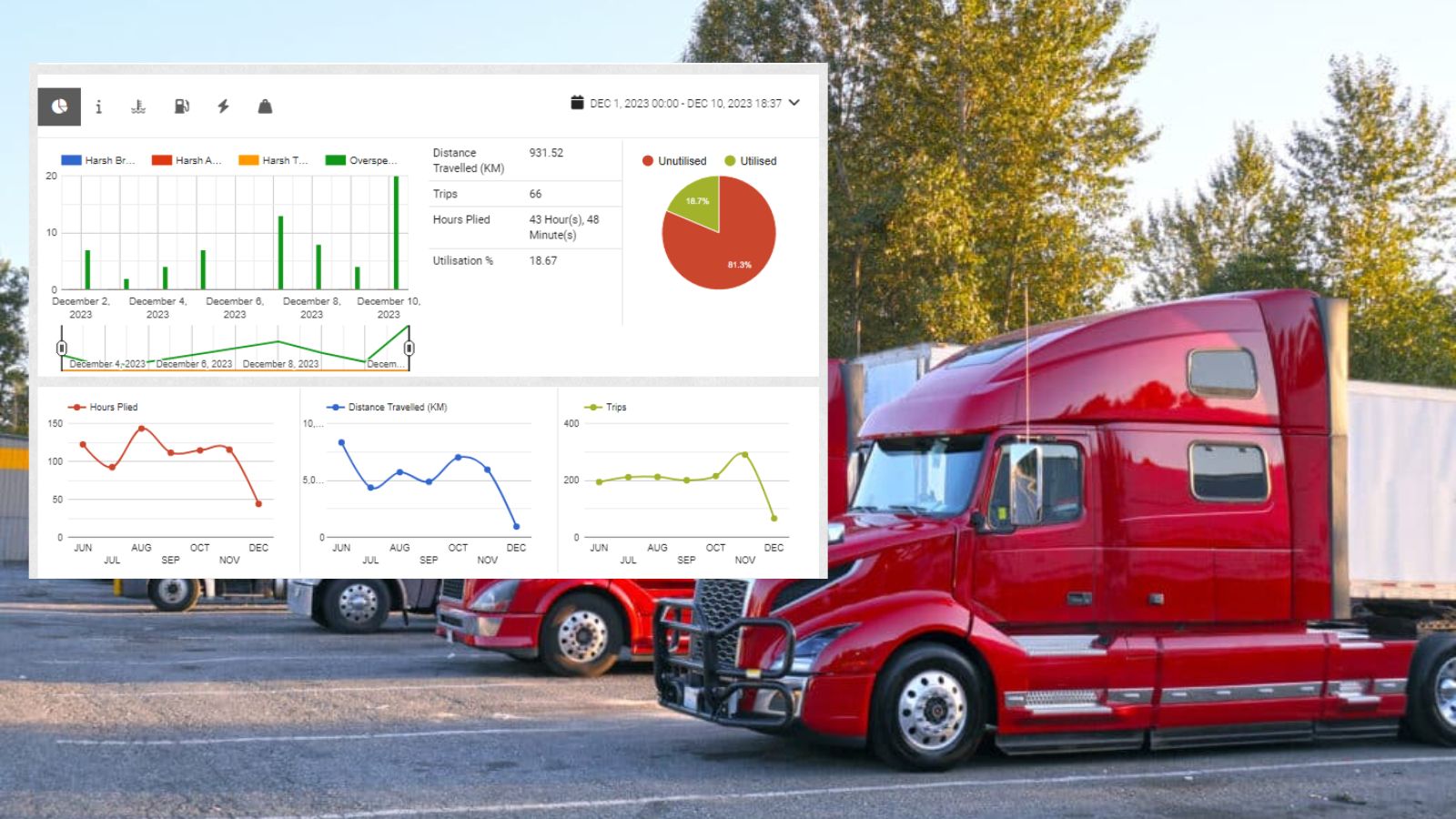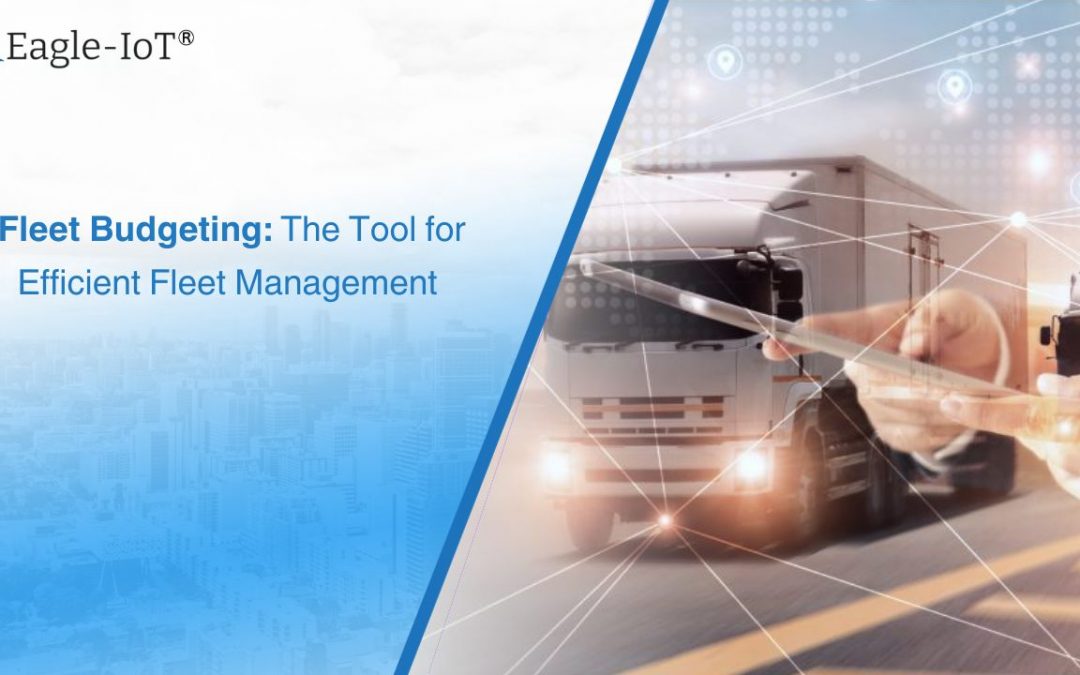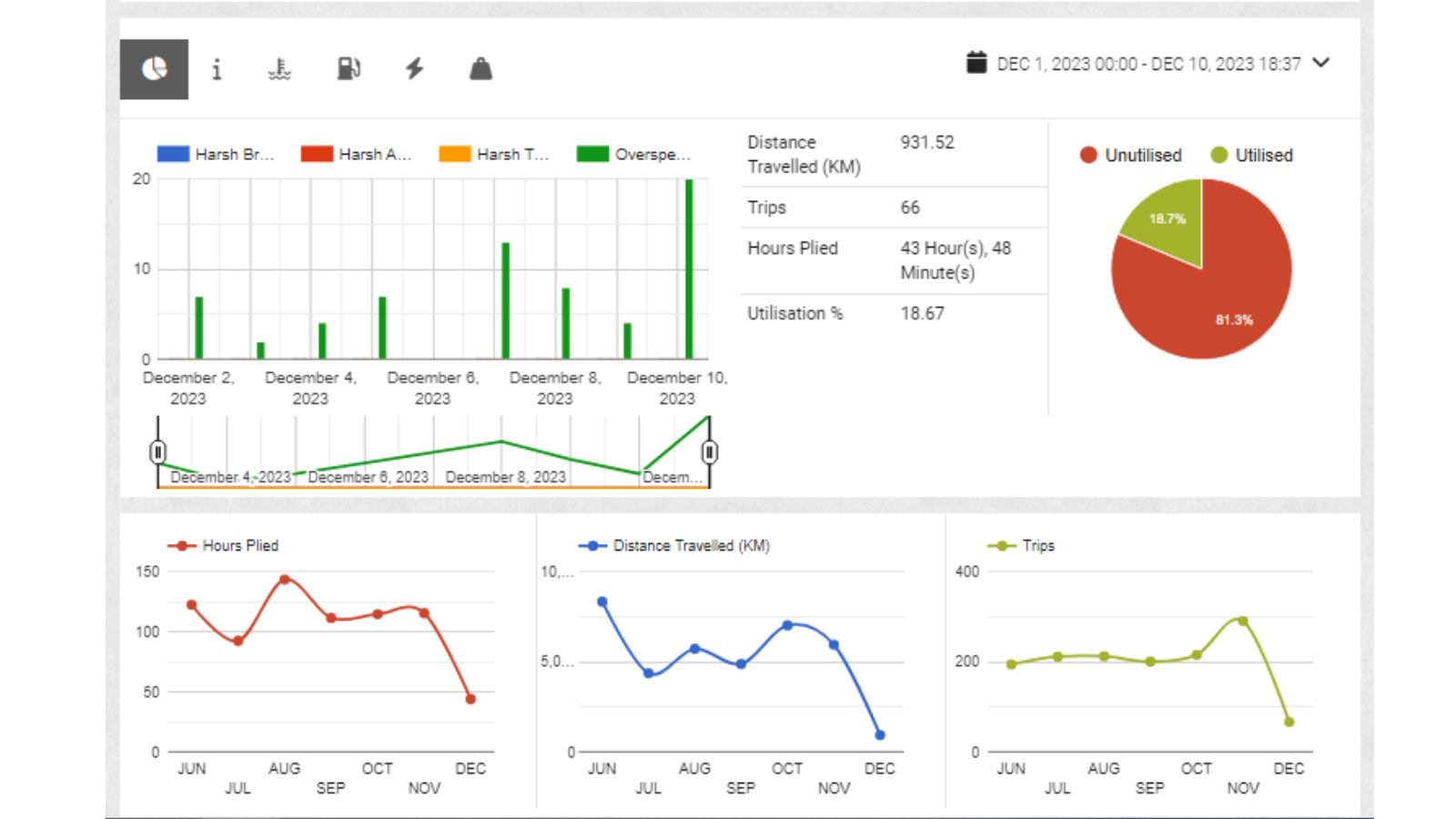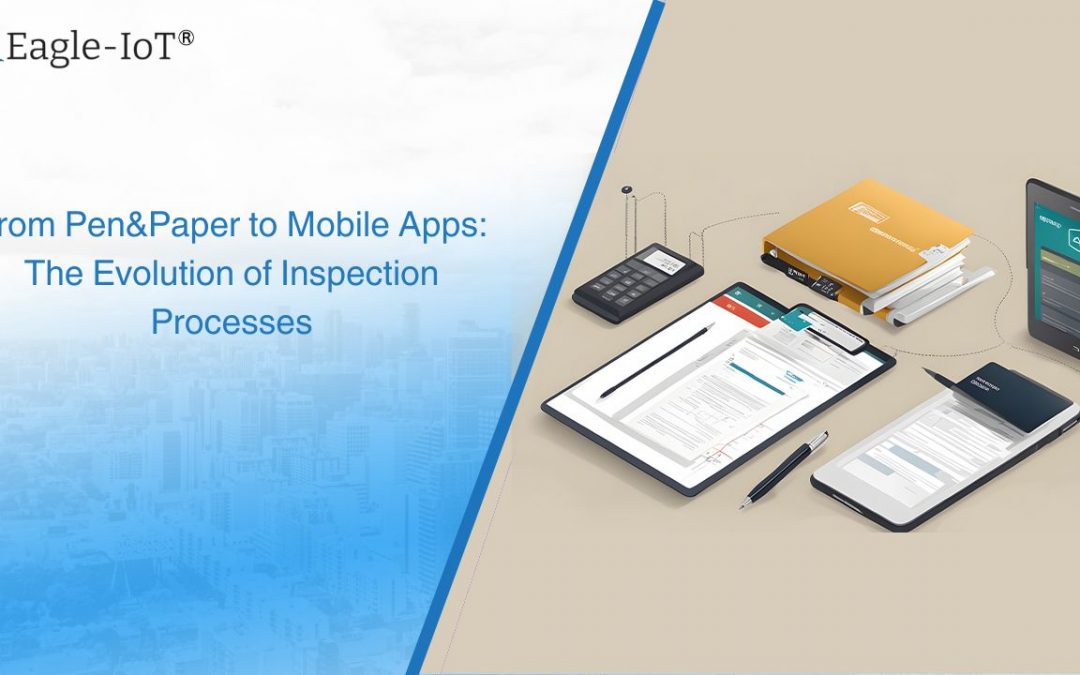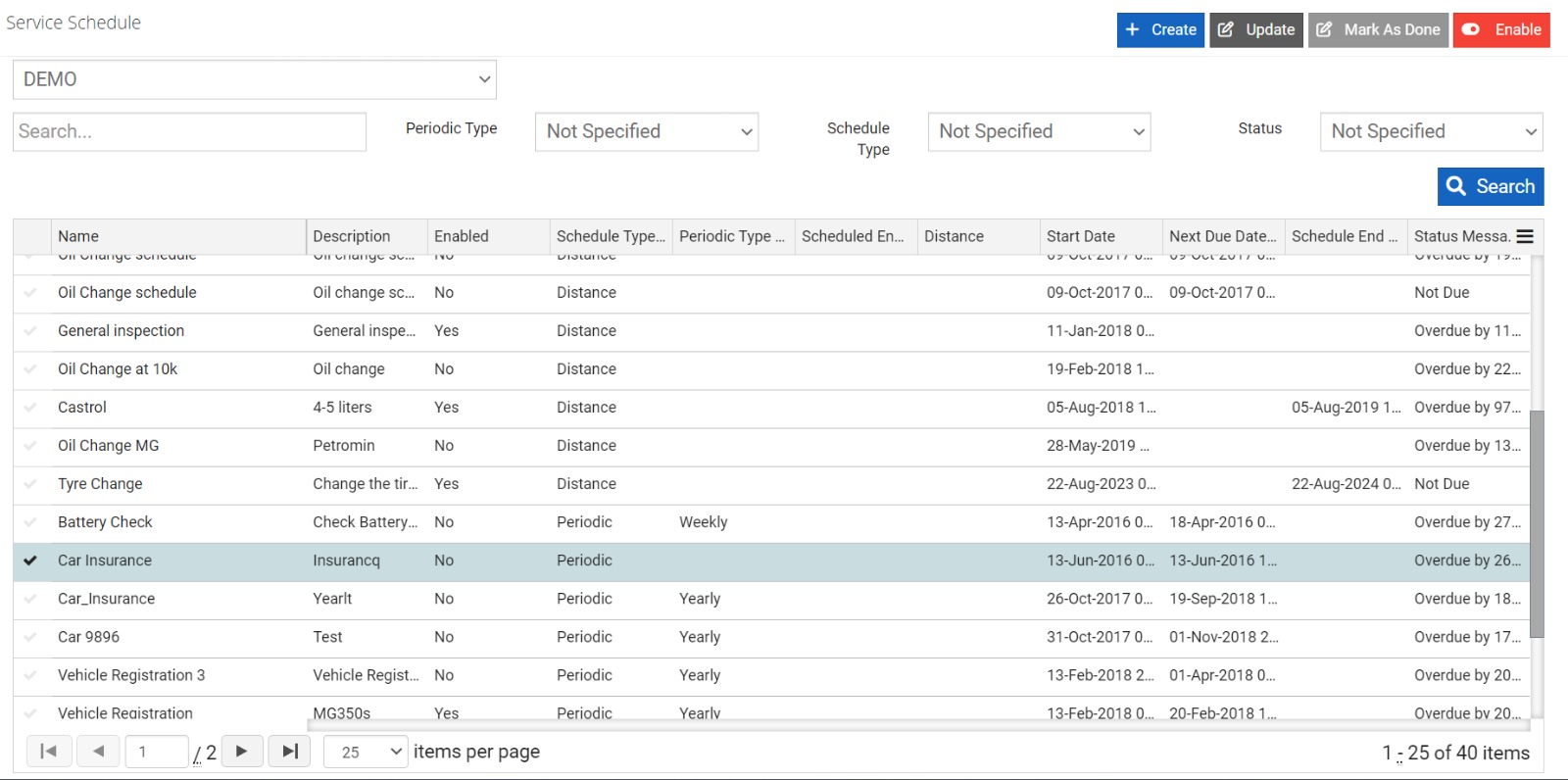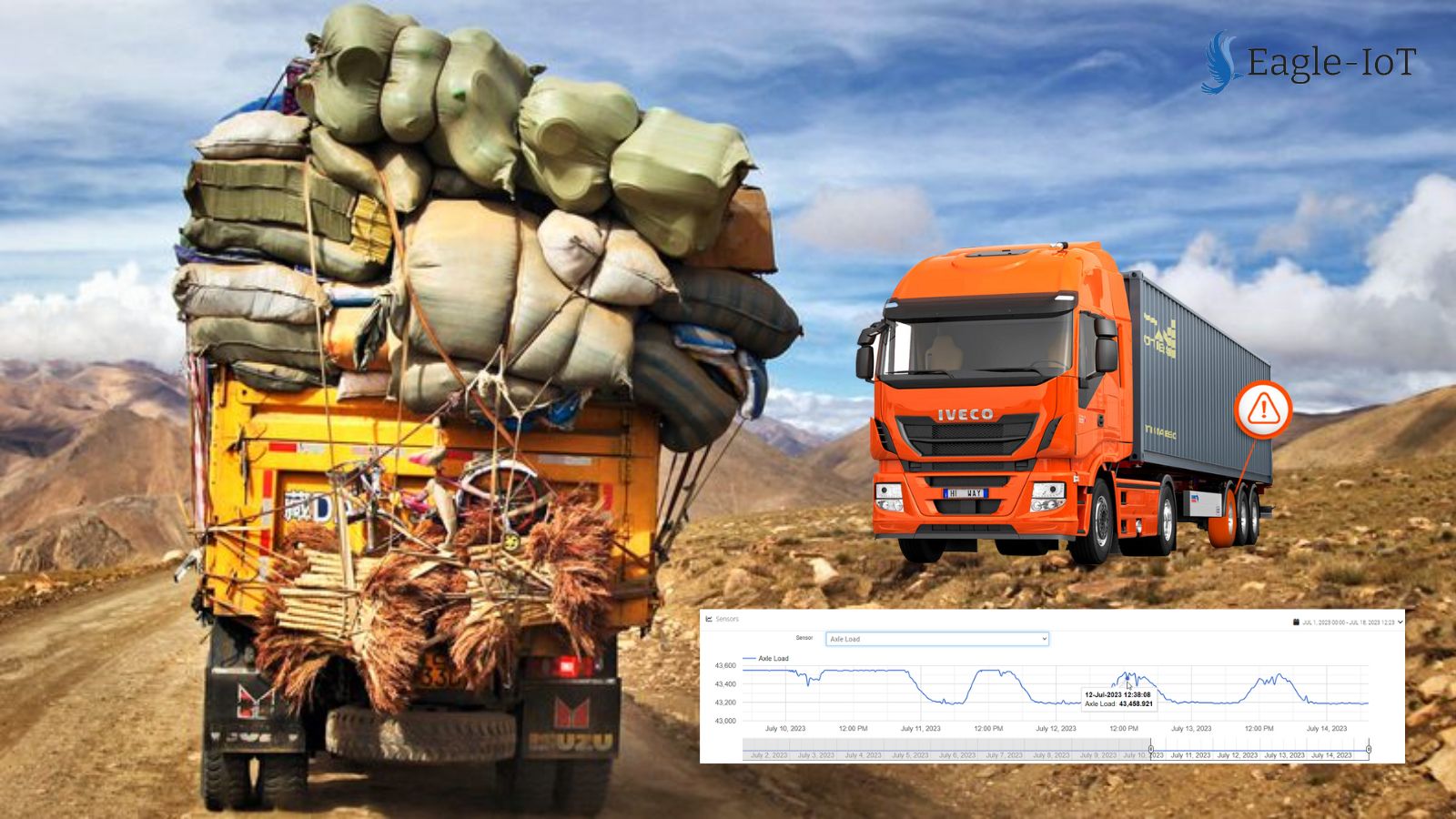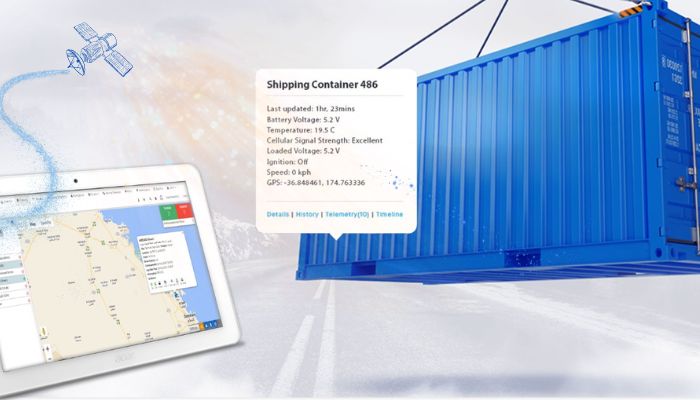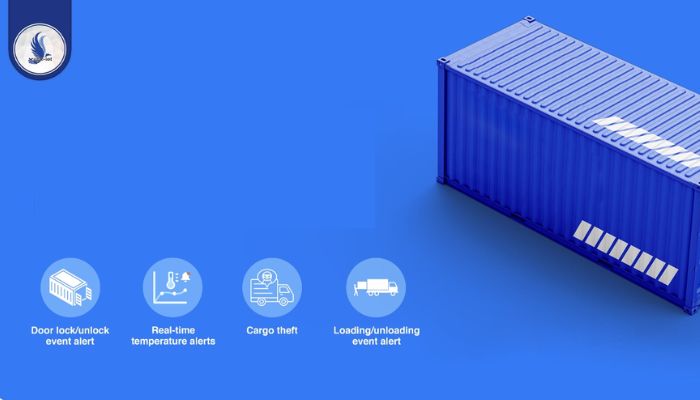
Proactive Accident Management for Enhanced Fleet Safety
Proactive Accident Management for Enhanced Fleet Safety
Accidents are an unfortunate reality in the realm of fleet management, where uncertainties on the road can pose significant challenges. At Eagle-IoT, we recognize that the aftermath of an accident requires more than just a reactionary response—it demands a proactive and innovative approach to accident management aimed at prevention.
Understanding the Eagle-IoT Difference
1. Real-Time Impact Detection:
Accidents are often sudden and unexpected. With our real-time impact detection system, fleet managers receive instant notifications when a collision occurs. The 3-axis accelerometer data provides valuable insights into the severity of the impact, allowing for immediate and necessary actions based on accurate, real-time information.


2. Swift Emergency Response:
Time is of the essence in an accident. Our auto-call feature not only notifies fleet managers but also initiates an immediate call to emergency services. This ensures that the driver receives prompt medical attention, and the accident scene is secured efficiently. Fleet managers can dispatch the nearest available vehicle, providing an estimated arrival time directly to the accident site.
3. Accident Reconstruction:
Understanding the sequence of events leading up to an accident is crucial. Eagle-IoT’s accident reconstruction feature provides fleet managers with a comprehensive overview. Details such as the route taken, accident time, location, distance traveled, and asset utilization are meticulously recorded. This report is particularly valuable for identifying signs of driver fatigue, including the last resting stop and its duration.
4. Comprehensive Driver Behavior Analysis:
A detailed analysis of driver behavior during an accident is essential for improving overall fleet safety. Our RAG Report/Driver Scorecard delves into 3-axis accelerometer data, including harsh braking, acceleration, and cornering. RPM data and speed profiles during the accident are also examined. Additionally, our Advanced Driver Assistance System (ADAS) detects signs of fatigue, distraction, smoking, drowsiness, and mobile usage.

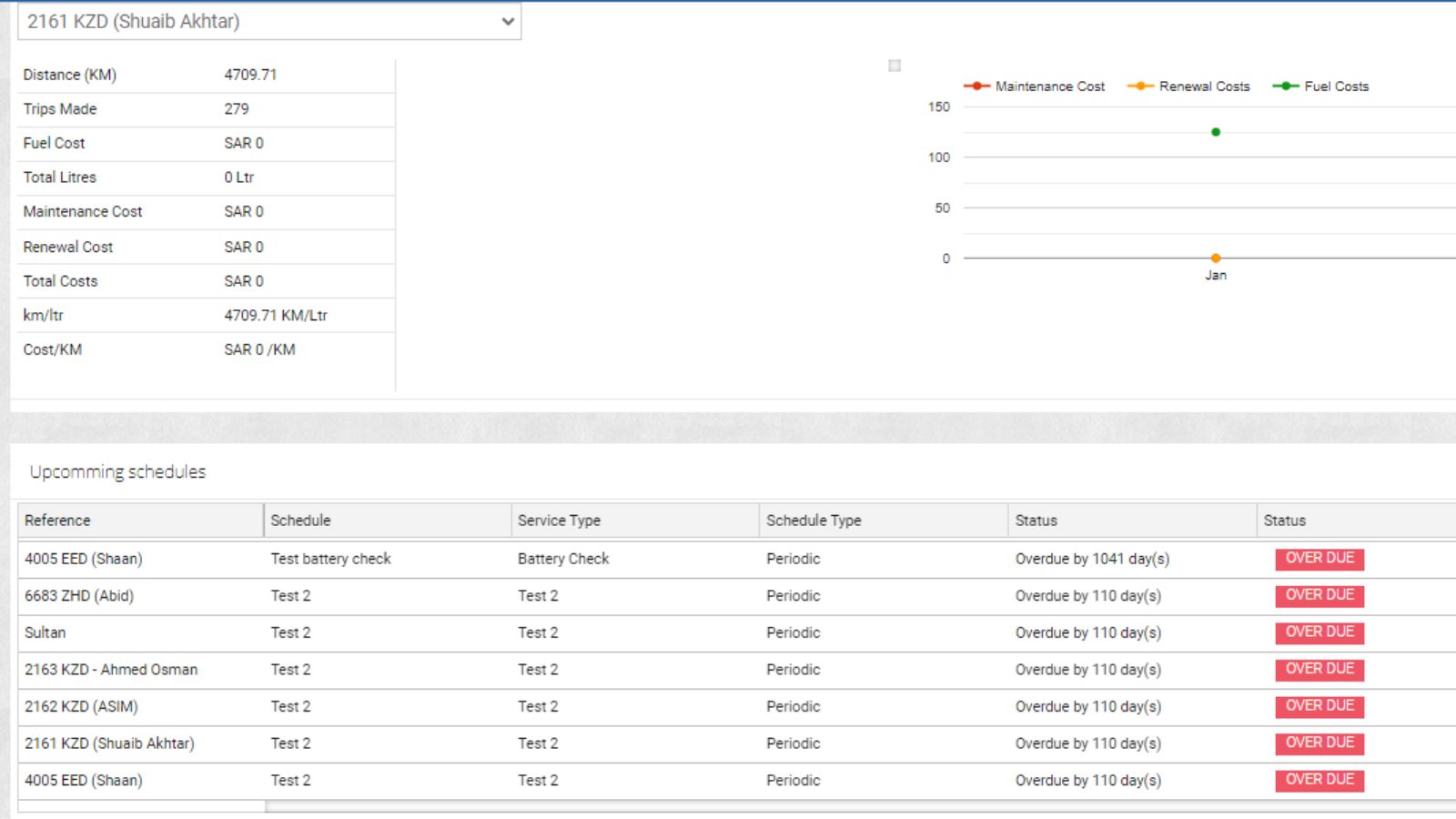
5. Preventive Measures:
Beyond responding to accidents, Eagle-IoT focuses on preventing future incidents. By analyzing collision alerts over time, fleet managers can identify patterns or recurring issues contributing to accidents. This information becomes the foundation for implementing targeted driver training programs or making operational adjustments, effectively mitigating the risk of future collisions.
Embracing a Culture of Safety:
Accidents may be inevitable, but their impact can be significantly reduced through a proactive and innovative accident management approach. Eagle-IoT is not just a solution; it’s a partner in reshaping the narrative of fleet safety. Contact us today to embark on a journey toward safer and more efficient fleet operations.
Empower your fleet with Eagle-IoT and experience the transformation of accident management


